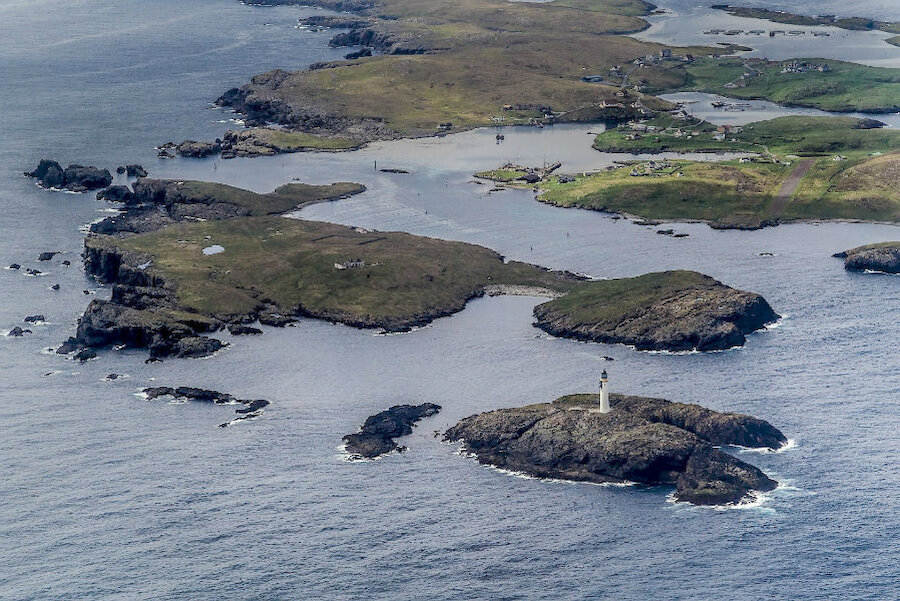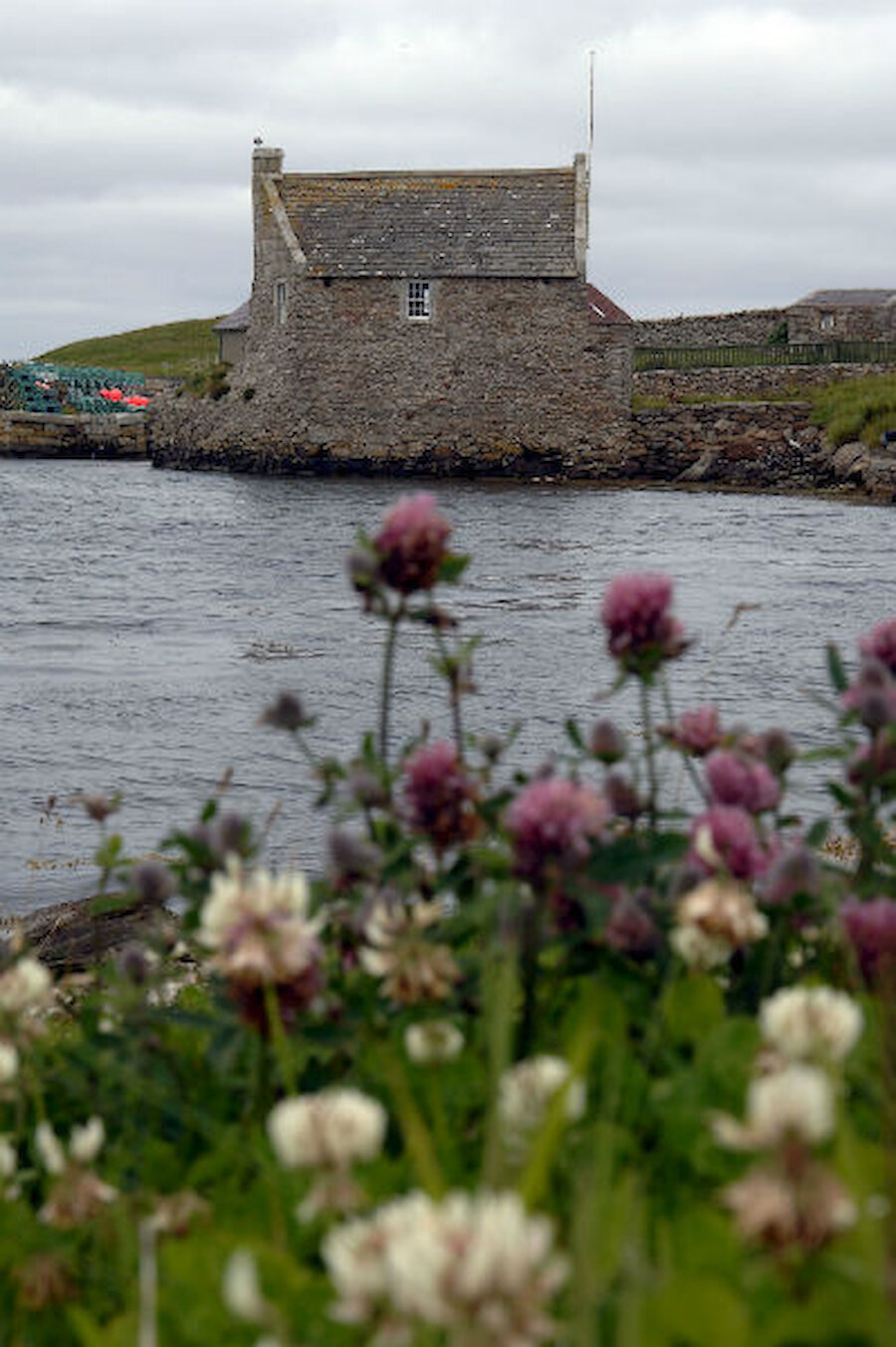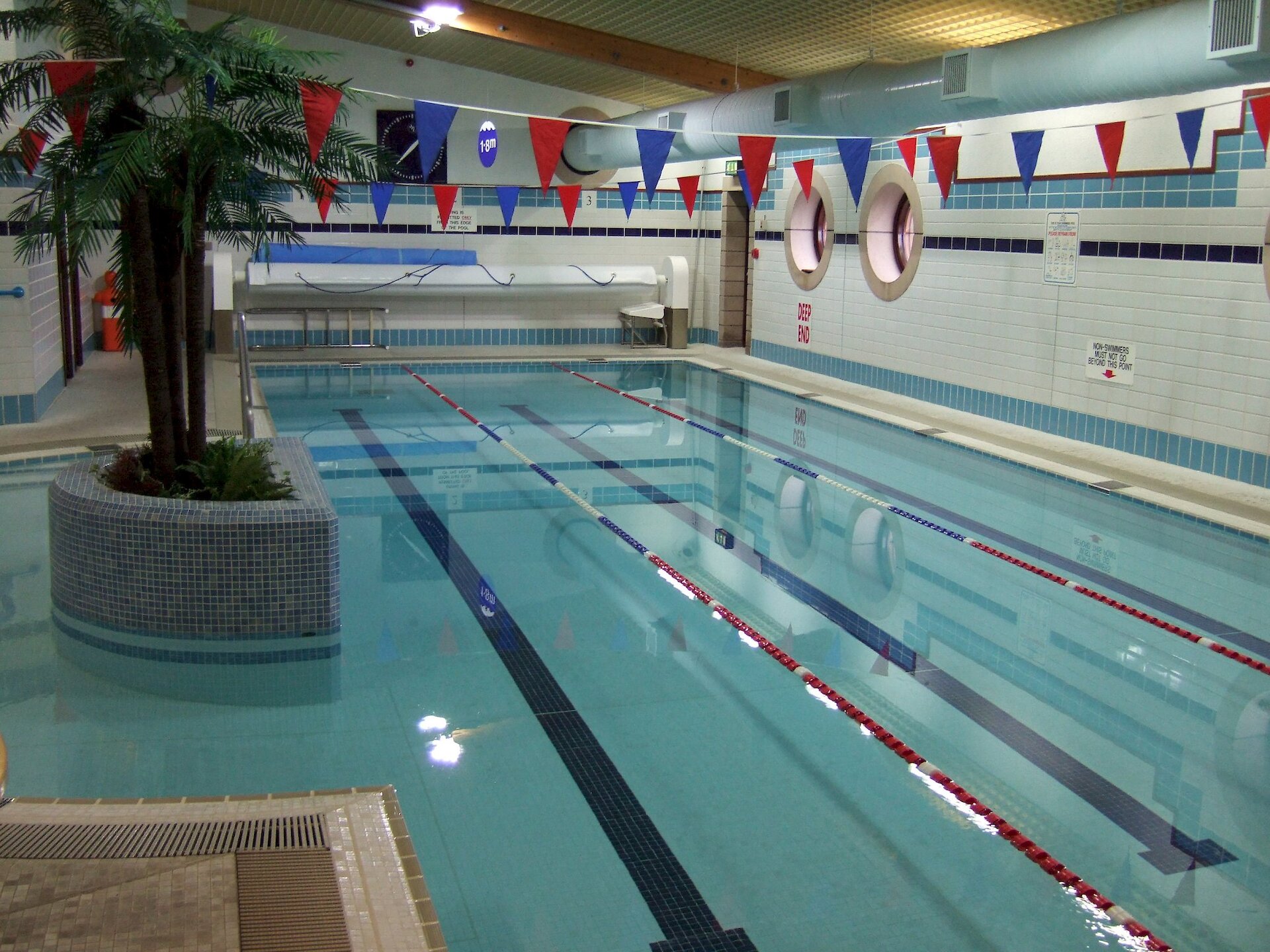Whalsay is reached by ferry from Laxo, on the mainland, or (in some weather conditions) from Vidlin. The trip takes about half an hour and, for most of the day, crossings are at intervals of 45 minutes on weekdays, with a less frequent service at weekends. Commuting to work in Lerwick or elsewhere on the Shetland mainland is feasible; with the last ferry from Laxo at 2310, it’s also possible to attend mainland social events, go to concerts or visit the cinema. The ferry that serves Skerries usually sails to Vidlin, taking 1 hour 30 minutes, with between one and three crossings per day on four days per week. On Wednesdays, it sails to Lerwick, taking (2 hours 30 minutes)
Why might you move to Whalsay or Skerries? Apart from fishing, the most obvious employment opportunities are in education or health. However, either island could be a good base for a self-employed person or for writers or artists. Hugh MacDiarmid, the celebrated Scots poet, lived in Whalsay for much of the 1930s and is said to have written much of his best work there. Both islands hold attractions for bird-watchers, too: rare migrants often turn up during the spring and autumn. Whalsay offers the pleasures of island life but with good connections to the mainland. Out Skerries is more remote and could offer a very different experience from what you may be used to.





